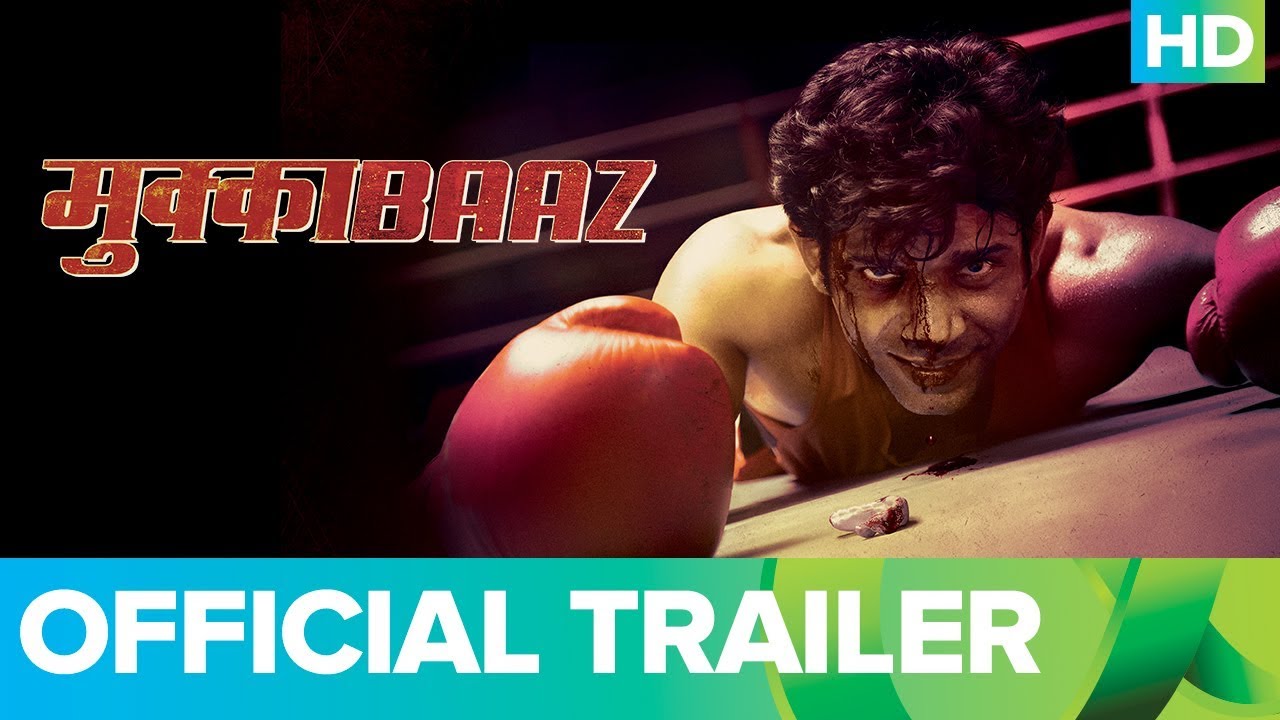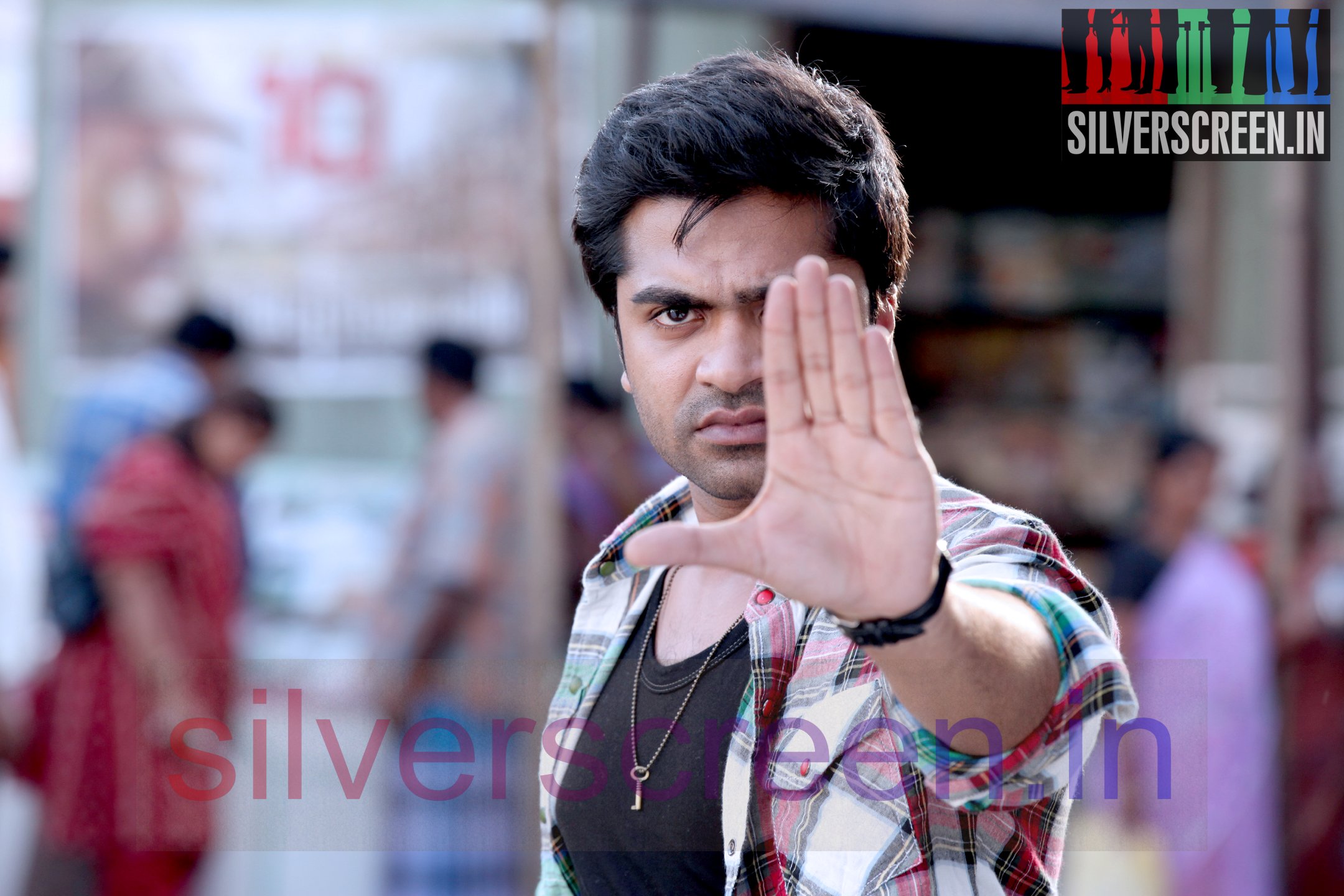In a chat with Silverscreen, Laxmi, now popularly known as Paris Laxmi, speaks about her passion for classical dance, transition from a French small-towner into a quintessential Malayali woman, and more.
The year was 2007, and 16-year-old Laxmi was on a trip to Kerala, the land she grew up hearing stories about. She was sipping a drink at a quaint Fort Cochin café when a film crew approached her to be part of a passing shot on a nearby street. She appeared in a blink-and-miss moment in a scene involving superstar Mammootty. Director Amal Neerad, whose first film it was, found out she was a dancer, and called her in 10 days asking if she would like to perform in a song sequence. ‘January’ in Big B happened, and Laxmi found herself in a space she never imagined to be in.
“It was so unreal,” she laughs. “I initially refused to act because I couldn’t believe I was being cast in a movie while sitting in a café. I thought someone was pulling a prank,” says the danseuse. Post the shoot, she went back to Aix-En-Provence in the south of France, where she was born and raised.
Now 26, Laxmi has put down roots in Vaikom village, Kottayam. She runs a dance school, Kalashakthi School of Arts, with her husband Sunil Pallippuram, a Kathakali exponent she married in 2012. Post Big B, she worked in six Malayalam films, and appeared in a number of television shows. Her cameo in Anjali Menon’s Bangalore Days, as Michelle, the foreigner with whom Nivin Pauly’s Kuttan ties the knot, shot her into the limelight, making her a familiar face in Kerala. She is a busy dancer, performing on stages in and outside Kerala on a regular basis.
***
Laxmi describes her home in France as a ‘mini India’ where a lot of the routine conversation revolved around Indian classical art forms and movies, Hindu gods and goddesses, mythology and the country’s beautiful landscape. Her father is a writer and stage artiste, and her mother, a sculptor. “My parents used to visit India very often, from before my brother and I were born. I grew up imbibing dual cultures,” she says. Her parents had learned a little Bharatanatyam, and were trained yoga practitioners. “It was only natural that we became artistes. I was always drawn to classical dance and music. My brother Narayan wanted to be a percussionist,” she says.
Laxmi was five and Narayan half that age during their maiden journey to India. “I remember arriving here, carrying a lot of luggage. My parents were trying to see if the kids liked India. They used to say that they always felt at home here and wanted to settle down here,” she says. The family travelled to some places in North India, before returning to France. Several times during Laxmi’s school days, the family made short visits to India; when she was 16, they spent a whole year in India. “I did my schooling over correspondence,” she says.
It was during that time, on a week-long trip to Fort Kochi, that she got acquainted with Sunil, “I first came across him when I was seven. He is 14 years older than me. I remember him as a 21-year-old ‘young’ Kathakali performer, a gentleman who quickly became friends with my family,” she says. When they met again, he was a well-known artiste. “He encouraged me to continue dance practice. He was a huge inspiration and support,” she says. Laxmi and Sunil’s common passion for Indian classical art forms brought them together, and they began seeing each other socially.
When she was 19, Laxmi joined eminent danseuse Padma Subramaniam’s Nrithyodaya School of Dance in Chennai, where she learned Bharatanatyam, and her brother studied Mridangam. She later continued her dance lessons from Dr. Sucheta Chapekar’s Kalavardhini Institute in Pune. The same year, on September 14, 2012, she got married to Sunil.
Although it is Bharatanatyam that interests her the most, Laxmi is also well-versed in styles such as Jazz, Flamenco, Hip Hop, Contemporary, Kathak, Odissi, and Ballet. “It is not really about a particular style. I love dancing,” she says. She was just three when her parents first took her to watch a Bharatanatyam performance, and that ignited in her a love for the dance form. At nine, she began learning it under Armelle Choquard in France. “It happened by chance. If she (Choquard) were a Kathak teacher, I would have learned Kathak.”
Laxmi, likes to perform bhakti-based compositions than romantic pieces. “There isn’t one particular composition that I can name. I like the abhinaya part of Bharatanatyam. I think that’s where my love for cinema comes in too, she says. “I really want to balance acting with dancing. They are not two separate things. In films, I want to do roles where I have to push myself, be a new person.”
Being a teacher to over 100 students at Kalashakthi dance school has changed her life, she says. “Teaching gives you another kind of knowledge. It helps you see things clearly, ask more questions and find answers. I am just 26, but the age doesn’t matter. When you teach someone, you only become a better performer.
At Kalashakthi, Laxmi teaches Bharatanatyam, and Sunil teaches Kathakali. “We conduct workshops on other styles very often. My friend, Abhayalakshmi, from Bangalore, teaches Odissi. Over the next few years, I want to expand the school, bring in more teachers,
A couple of years ago, Sunil and Laxmi together created a duet piece, Krishnamayam, a combination of Bharatanatyam and Kathakali. “He plays Krishna in Kathakali vesham, while I play many roles because unlike in Kathakali, you can be many characters in Bharatanatyam in one costume. First we performed in Vaikom, then Surya Festival and many other countries. We have completed staging it in 52 venues now,” she says.
The dilemma she faces is about the attitude of the younger generation towards classical art forms. “Dance is a form of worship where you dedicate yourself to the art. It’s a process where you have to lose yourself, and surrender to the art form,” she says. “Many children I come across see classical dance as a ticket to reality shows. They don’t really watch live performances. It’s very important to experience live music – to see how violinists, percussionists and flautists together create that perfect music and ambience – and understand how much effort goes into just one performance, how difficult and complicated the process is. Reality shows ruin their perception. Kids get carried away by the glitz and the celebrity culture.”
She continues: “Some parents ask me how long it would take their children to be experts in dance. It is weird. Classical dance forms are not fast-food,” she says.
Kids are not to be blamed entirely for this erosion, she says. “At schools, they should do something to introduce children to traditional art forms. They should learn how much patience and tenacity the arts demand,” she says, adding: “In Kerala, children are so busy. (Laughs) They tell me they have school till 4 pm, and tuition classes till 8 pm. Attending cultural activities outside the syllabus is difficult for them too.”
***
Shifting to Vaikom’s humidity and rustic greenness from Europe wasn’t hard at all, says Laxmi. ” Actually, my town in France was a small one. I had already been leading a village life,” she says. “I remember performing in a temple for the first time in Vaikom. It was a beautiful experience. People instantly warmed up to me. I can walk freely alone on the streets here, without being stared at. People know me these days, thanks to films and media. They come and talk to me, and they introduce me to others, saying I am their daughter,” she smiles.
Recommended
Laxmi has always been particular about learning the history and culture of India. “I could learn classical dance clerically, mastering just the movements and expressions. But, that isn’t enough. No matter how much we try to cover it up, lack of knowledge about the culture and history of the place where the art form originated will show in one’s performance, she says.
One thing she can’t agree with is the Malayalee way of addressing European women as Madamma. It’s a colloquial term derived from the word Madam, used to address British women in colonial era. “A lot of people get starstruck when they see a white-skinned person. They make jokes about foreigners, sometimes right in front of them. I think it’s high time people stopped doing that. My concern is that children will pick this practice up. Once, a group of foreigners was visiting my school to watch dance performances, and a little girl in the class said, “Ayyo! I am afraid of madammas” I was shocked. I told her not to be afraid; they are human beings too.”
***



